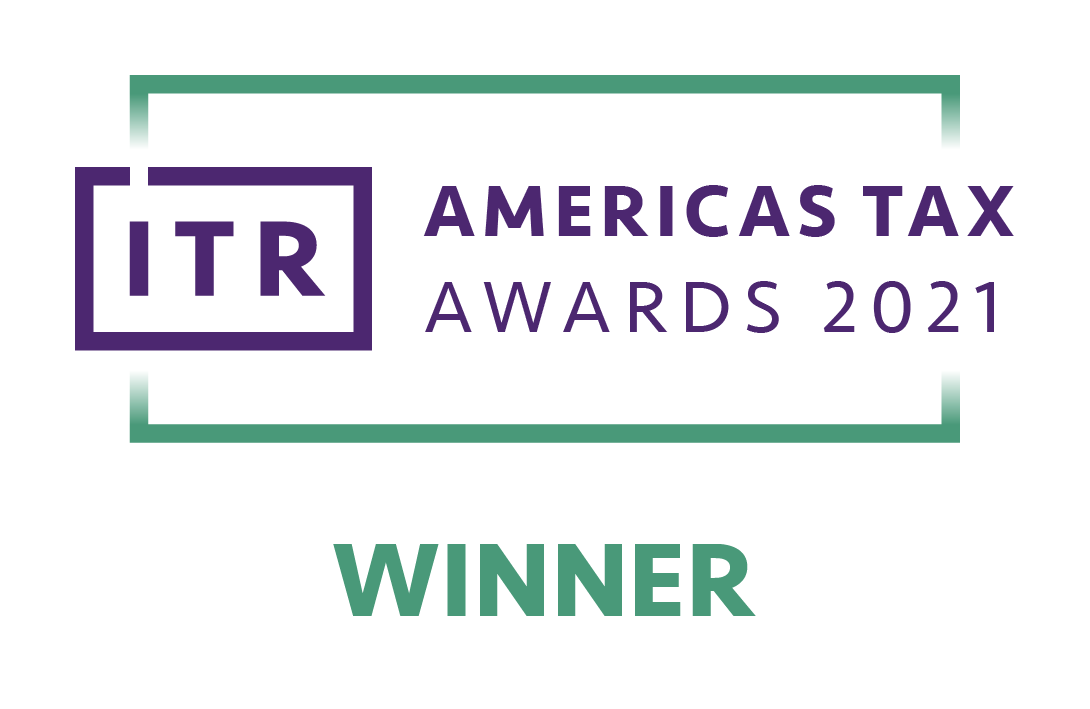This week, the Ministry of Finance presented the bill on tax reform to the private sector, which provides for a number of modifications, being one of them to include incomes obtained by taxpayers abroad in the scope of personal income tax (IRP). This way, not only incomes from Paraguayan sources would not be taxed, but also certain income generated in foreign countries, including the unification of income tax rate at 10%.
Another point addressed there is the division of personal income into three categories (i) The so-called Dividend Distribution Tax (IDI), (ii) Personal Income Tax (IRPSP) for personal services, either professional or not (10%), and (iii) Personal Income Tax (IRPGC) on capital gain and/or patrimonial increases (10%). These three categories would be determined separately with no possibility of loss offset against each other.
Regarding the Income Tax on Commercial Activities (IRACIS) and Income Tax from Agricultural Activities (IRAGRO), said reform intends to merge such taxes under a “Business Income Tax” (IRE) form, which would tax the income from commercial, industrial, non-personal and agricultural activities, and in general, all types of profits, benefits and patrimonial increases obtained by a taxpayer, except those that are expressly exempted, at a projected 10% general rate.
Likewise, a new tax called “Dividend Distribution Tax” (IDI) is proposed, which would tax dividends, surplus or net income made available or paid by partners or shareholders of Partnerships, Cooperatives or Private Entities of any nature by taxpayers, at an 8% rate for residents and 15% rate for non-residents.
Consequently, the additional rate is increased by profit distribution from 5% to 8% for partners that reside in Paraguay and provides for a reduction in the tax burden for non-resident partners, who would pay only 15% rate (currently taxed at 5% + 15%).
In case of resident natural persons, this payment, performed through a withholding, constitutes a single and definitive payment, non-computable against personal income tax; however, in case of legal entities, the tax is computable under a credit method in order to avoid double taxation.
It should be noted that this increase in dividend distribution rate is 3% for the local IRACIS taxpayer and 8% for the IRAGRO taxpayer.
Also worth noting is the fact that taxation for non-resident companies and natural persons is separated from the IRACIS and the IRP, regarding incomes obtaining from Paraguayan sources; presumed net income are established between 30% and 100% of the gross amount paid, at a 15% rate.
Finally, it is important to highlight that private sector requested 3 (three) weeks period to analyze and give their opinion on the project, taking into account that the final draft was received by the main union leaders, and still has to be internalized in each guild.












